8. 25th Hour (2002)
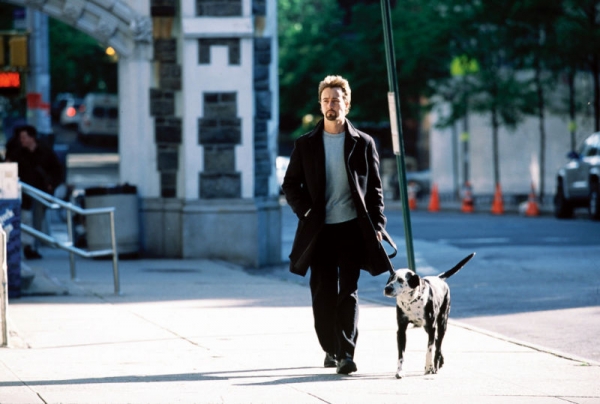
9/11 was obviously a national tragedy for the US, but for the tri-state area around New York City–and especially for NYC itself–it was a traumatic event. Faced with a catastrophic event that was difficult to comprehend and even harder to resolve one’s emotions about, both anger and sadness simmered in the minds of New Yorkers. And Spike Lee, being a New Yorker himself, was no different.
From this anger came 25th Hour. While initially focusing on Monty (Ed Norton), a man spending his last 24 hours of freedom before going to prison for seven years, as he travels from one person to another in his life to say his goodbyes, Monty also begins to build a mighty head of anger and resentment towards the people in his life–some of whom were responsible for him going to jail.
When he finally explodes, Monty delivers a glorious, searing, and righteously angry monologue that attacks every single thing in the city and world that has made it terrible: Osama bin Laden, George W. Bush, the homeless, the Russians in Brighton Beach, the Puerto Ricans, the Italians, the African-Americans, his family, his friends, and finally himself. While the rest of the film is a solid character study, this 5-minute monologue is a stunner and one of the best sequences Spike Lee has ever directed.
7. Rodney King (2017)
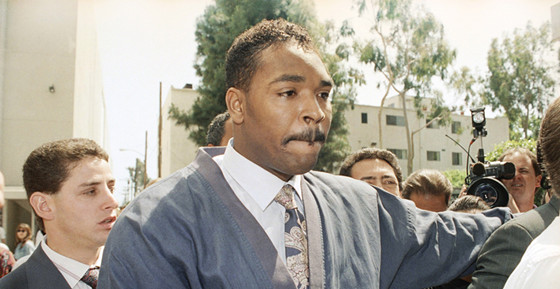
The first film Spike Lee has made for Netflix, Rodney King is a live recording of actor and writer Roger Guenveur Smith’s one-man play about the Rodney King incident, where a black motorist was caught on camera being savagely beaten by Los Angeles police officers and from their later acquittal sparked the La Riots of 1992.
Released on the 25th anniversary of the riot, this minimalist recording of Smith’s performance captures as the actor details the significant social, racial, and media-related nuances surrounding both Rodney King and the implications of the incident on American society. Filled with anger and frustration, and focusing on King’s troubled life, particularly after the incident, with Rodney King, Spike Lee again takes himself out of the picture and instead captures the raw bareness of one of the most controversial events of American history.
6. Inside Man (2006)
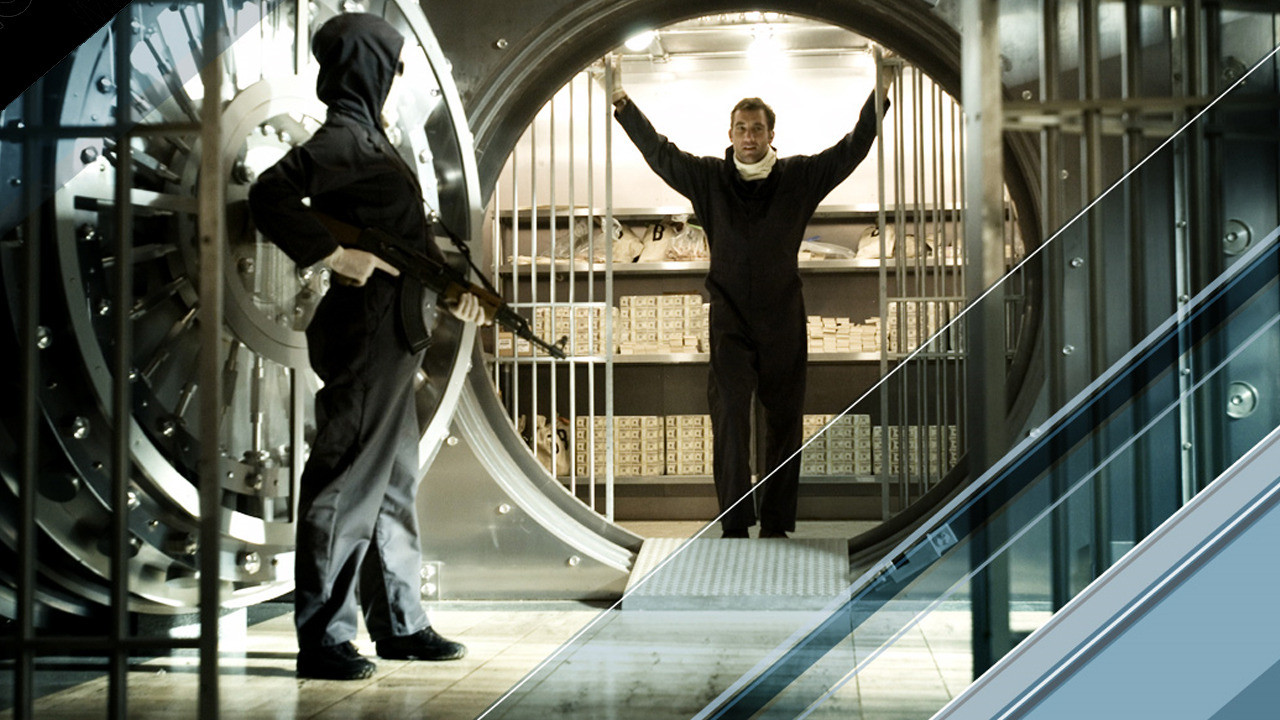
As Lee’s career developed, he became more eager to work in genres and film stories that he wouldn’t immediately be associated with. In 2006’s Inside Man, Lee takes on the heist thriller, with the story following an elaborate bank heist on Wall Street over a 24-hour period. With a script that was long in development before Lee picked up the property, Inside Man stars Denzel Washington as a police detective that leads the negotiation between the crew of bank robbers that have taken a bank hostage and Clive Owen as the narrator and ringleader of the heist.
An energetic and clever heist thriller, Inside Man is a smart genre film that has Lee showing off his skills as a clever director who captures great performances and can put together a complex film filled with ideas.
5. Passing Strange (2009)
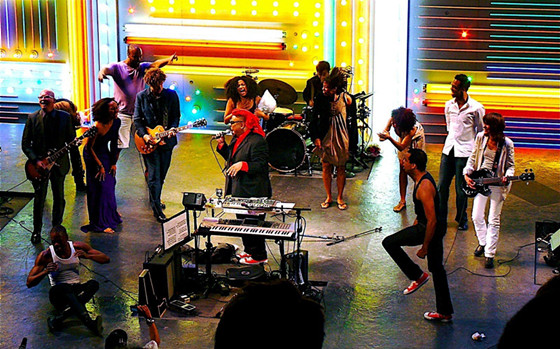
Taking yet another experimental leap, Spike Lee filmed a musical. Specifically, an experimental comedy-drama rock musical. Following a young African American’s artistic journey of self-discovery, this musical is filled with philosophy, self-referential humor, and autobiographical details. It’s maybe Lee’s strangest approach to filmmaking and, maybe as a consequence, one of his best.
Filming the musical during its Broadway run in 2008, Lee made an interesting choice to shoot it as a play on-stage than as a film adaptation, and his vibrant and compelling direction captures an interesting and colorful musical. Shot in HD and providing audiences a faithful adaptation of the stage play, Lee again takes another artist’s work and imbues it with his own fresh style.
4. 4 Little Girls (1997)
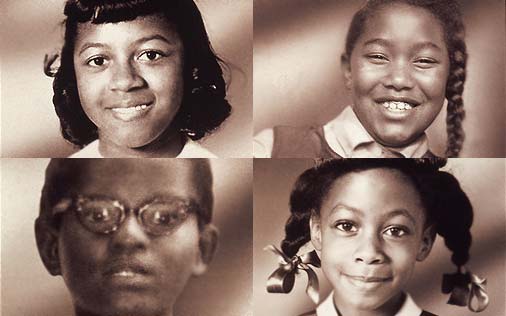
Spike Lee’s as gifted a documentarian as he is a filmmaker, and 4 Little Girls is one of his best. This historical documentary film details the 1963 bombing of a Birmingham Baptist church, which killed four African-American girls. Covering the events in Birmingham related to the civil rights movement and demonstrations that aimed to end racial discrimination in local stores, with Reverend Martin Luther King arriving to aid in the demonstrations, the 16th Street Baptist church become involved in organizing these demonstrations.
After violent clashes with the police, in which many demonstrators were jailed, a local chapter of the Ku Klux Klan placed bombs in the church and set them off, killing four young girls in the process. Their deaths provoked national outrage, and that summer the Civil Rights Act of 1964 was put into effect.
Released to critical acclaim and eventually nominated for Best Documentary at the Academy Awards, Spike Lee puts together this dark and sad event in American history with the sort of searing tone of indictment–this time aimed at the systemic and institutional racism in America and the horrifying results of such practices—with which he’s so well-known for infusing his films. If not his best film, it’s his best documentary, and a haunting reminder of our country’s not-too-distant past.
3. She’s Gotta Have It (1986)
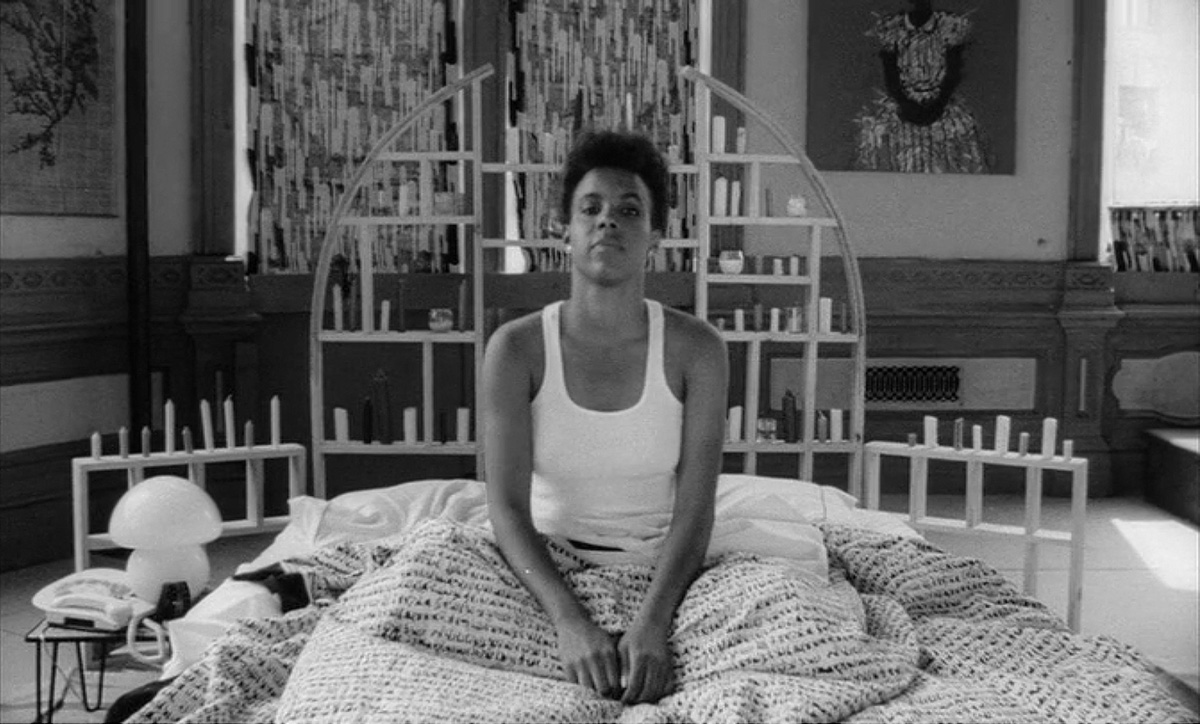
Following the turbulent romantic life of a young African-American woman who resists a monogamous relationship, instead preferring to rotate between three suitors, it was a fresh take in its depiction of urban black people being sophisticates in a film focusing on a young woman’s own agency and independence in the 1980’s.
Shot for only $175,000 over the course of twelve days, it made over $7 million and launched Spike Lee’s career. In what would become part of Lee’s visual grammar, the neighborhood the characters live in was explored as a public space that informed the characters and the community they live in as a whole. This impressive debut announced a great new talent in American film, and one that’s continued to work themes of race, sexuality, and class like no other filmmaker has been able to with as much finesse.
2. Malcolm X (1992)
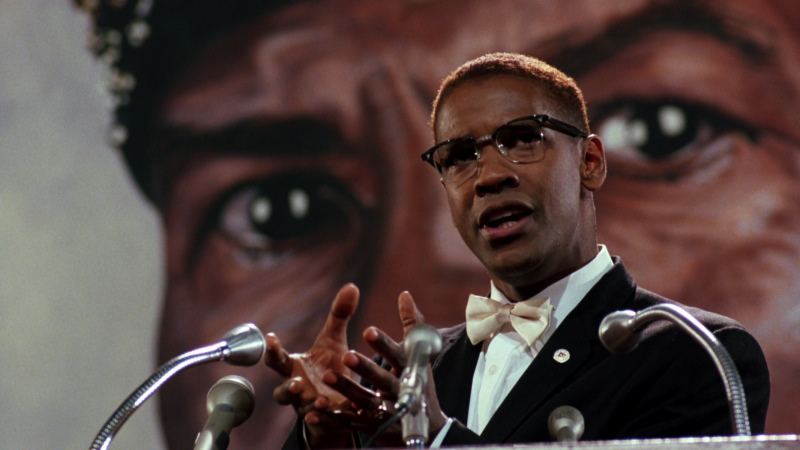
Detailing the remarkable and often very controversial life of the civil rights leader, born Malcolm Little, from watching his preacher father be murdered by white supremacists and his mother institutionalized, to his life as a young criminal who is eventually sent to prison. There, he is exposed to the Nation of Islam and converts and upon release begins to preach a doctrine that calls for segregation of whites and blacks, and eventually calling for active, violent revolution against the white establishment.
Changing his name to Malcolm X as symbolic of breaking away from his “slave name,” the film shows as he begins to soften his rhetoric and begin to preach peace between the races. But he’s assassinated in 1967, leaving only his books and speeches behind for future revolutionaries and leaders to study and learn from. The film ends with footage of Nelson Mandela’s release from prison in 1990 and a montage of young black schoolchildren standing up and proclaiming “I am Malcolm X!”
This powerful film depicts a history that’s usually not part of pop culture, but from Lee’s film became not only part of the national dialogue but inspired a whole new generation of minorities in the US to question the status quo and the “official” narrative of the American social arrangement. In the 90’s, black baseball caps emblazoned with the white “X” on front were everywhere and signified the wearer’s agreement with the radical message of both the film and the figure.
And this is perhaps what Spike Lee represents best in American culture: as a firebrand political filmmaker who’s unafraid to create films with content that confronts America’s majority filmgoing audience–white people–into looking down the barrel from the other side and confront issues of race that they would otherwise politely ignore.
1. Do The Right Thing (1989)
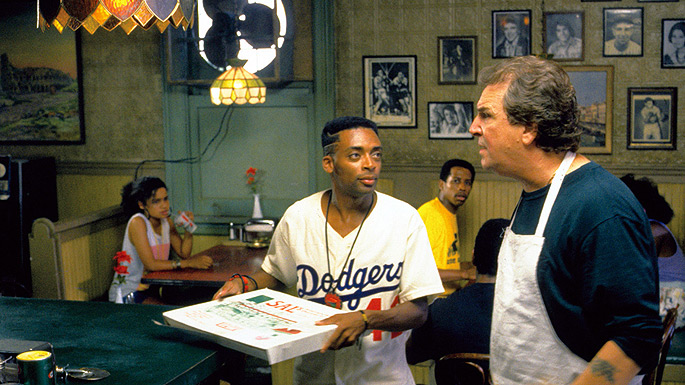
One of the best films of the 20th century, there is maybe no more alive film about the African-American urban experience in the late 20th century. Focusing on one hot day and one rage-filled night in Bedford-Stuyvesant, Brooklyn as racial tensions simmer over to a boil, Do the Right Thing is an impressive film that surveys the intertwining relationships in a neighborhood as its citizens pass the day discussing race, life, and the shape (and color) of the community they live in.
Meanwhile, the film is a microcosm of race relations between whites (represented by the Italian pizza shop owners and the police) and blacks (in the form of various characters in the neighborhood, including Radio Raheem, who blasts Public Enemy from his boombox, Buggin’ Out, who starts a protest of the pizzeria because there are no black people on its Wall of Fame, and Smiley, a mentally disabled man who sells hand-colored pictures of black figures) in the neighborhood specifically and in urban settings in general.
Do the Right Thing is an explosive, revolutionary film that doesn’t provide any easy answers to the difficulties of race relations in America. Wildly divisive upon release, with some reading the ending as a call to violence, it was also hailed for being a brilliant, urgent on issues of race, urban life, and the black experience in America in the 1990s (although it was released in 1989, its visual style, grammar, approach to controversial topics, and soundtrack were ahead of its time). Later listed as one of the best films of the decade, it was selected by the National Film Registry for preservation in 1999.
As a film, it’s a colorful, expertly edited, and a unique vision, highlighting Lee’s impressive use of montage to cut quickly between a broad spectrum of people, ethnicities, and spaces as a mode of narration that says far more than long, didactic chunks of dialogue ever could.
Author Bio: Mike Gray is a writer and academic from the Jersey Shore whose work has appeared on numerous websites and maintains a film and TV blog at mikegraymikegray.wordpress.com.